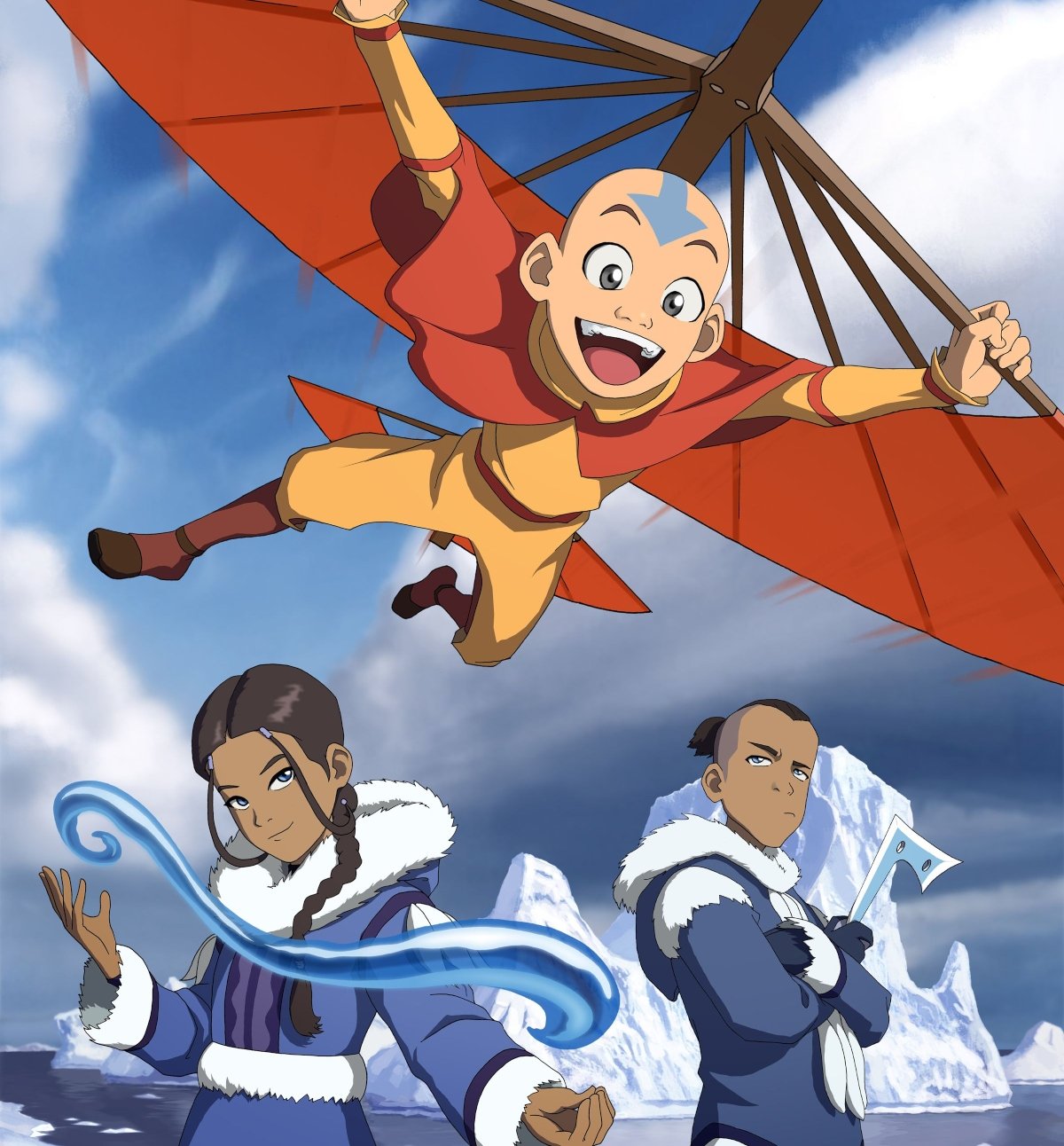‘Avatar: The Last Airbender’ Hidden Messages: 6 Easter Eggs Fans Missed
Avatar: The Last Airbender was the rare children’s cartoon that found its message spread to adults. The show, which lasted from 2005 to 2008 and spawned a fan base that remains loyal to this day, took eastern philosophy and iconography and presented them to a western audience in ways more sacred than the average attempt to do so. The series littered itself with hidden messages, homages, and call-backs to both its mythology and those that inspired it throughout its run.

What was ‘Avatar: The Last Airbender’?
Avatar told the story of Aang, a 12-year-old survivor of the Air Nomads who learned the ways of elemental bending to fight for what is right. While many children’s cartoons have tried their hands at satire and allegory, few succeeded the way that The Last Airbender did.
Not only did it use the war and battles for stunning scenes, but it also tackled heavy topics like genocide and totalitarianism. The series was a massive hit, spawning several comics, novels, sequels, and even a catastrophic live-action adaptation directed by M. Night Shyamalan.
The show recently hitting Netflix has reached a new audience and inspired those who already loved it. Eagle-eyed viewers of the series have noticed subtle Easter Eggs that helped show why the program was so unique.
Paying tribute
Avatar made no qualms about its tributes to several anime and manga programs. However, few of these homages go as deep as Naruto. The show struck several similar chords while focusing on protagonists with similar sentiments. As a result, the show is littered with winks at the camera and unique takes on the series that inspired it.
The dark side comes to ‘Avatar’
Depending on who is asked, Mark Hamill is either the go-to protagonist of a similarly-inspired series set in a galaxy far away, Luke Skywalker, or the voice of the quintessential villain in all of pop culture: Joker. Perhaps owing to both of these roots, Hamill portrayed Fire Lord Ozai, one of the film’s most evil villains.
Mental health awareness
Not all of the Easter Eggs in Avatar had to do with other pop culture. Often, the Easter Eggs were not so many references but cleverly hidden allegories of genuine problems.
In the case of Azula, mental illness helped define her character throughout its run. Eventually, this illness overtakes her, and while some might miss her eventual outcome, the show implies that she ended up in a mental institution after falling off the deep end.
These subtle nods at real-life help the show resonate beyond plot and characters.
Life after death
Of course, with any series that leans into Eastern philosophy, spirituality and conflicts about the great hereafter made the show something bigger. While it tackled many heavy subjects, one of the more subtle instances could have gone to the wayside.
In Avatar, the Spirit World is an after-life that is saved for only the most spiritual people there are. When Iroh accomplished his goals early in life, he spent time in the Spirit World.
This is never fully confirmed explicitly, but throughout the series, this entire backstory is hinted at many times over.
Questions of fate
Azula is known as a Firebender. While the series deals with issues of fate and preordination, however, it also leaves room for questions about destiny. Azula, the Firebender, is portrayed in flashbacks as someone who loved lighting things on fire long before she became a Firebender. However, whether this was the path that was written for her or one she forged herself remains to be seen.
Close call
Zuko helps to prove that sometimes there is more than meets the eye in the Avatar universe. Shown as an unspectacular kid when he was young, Zuko’s parents almost disposed of him before they realized his absolute potential. It’s a small anecdote that requires reading to reach, but it helps show just how well-thought-out the entire universe is.


